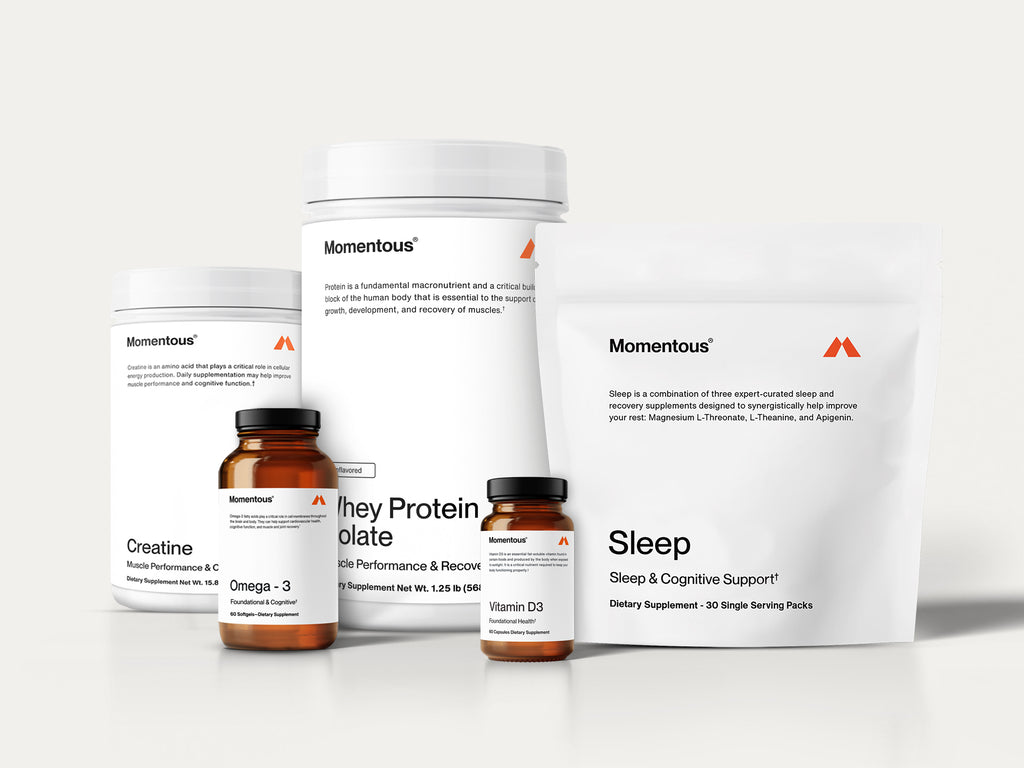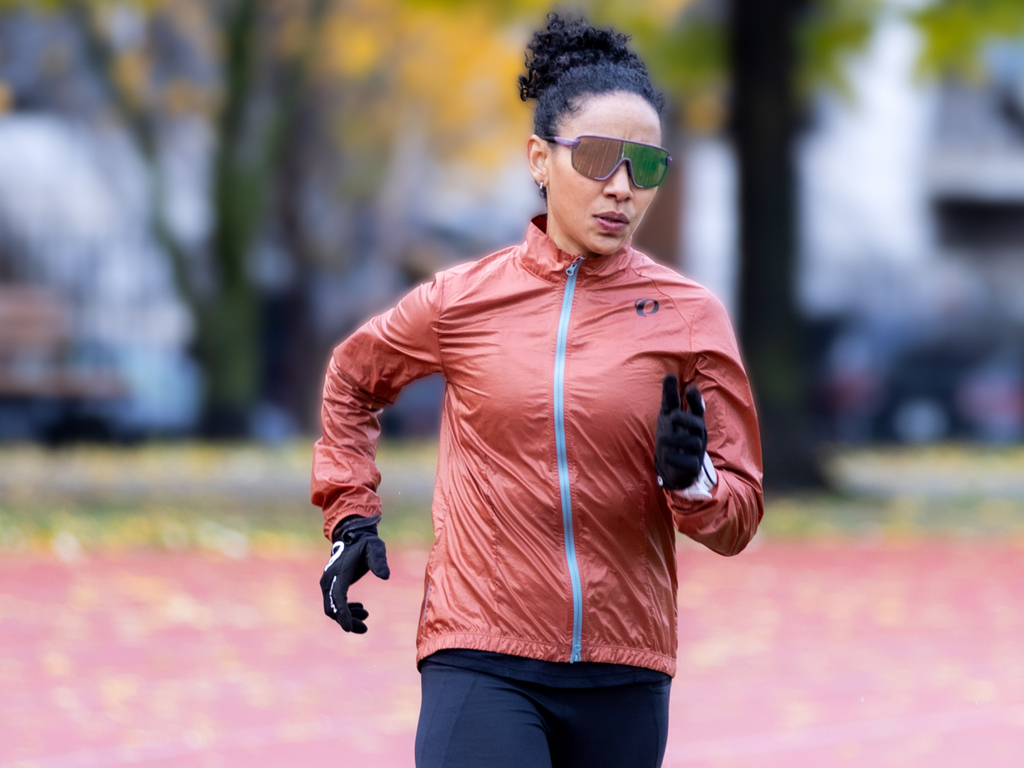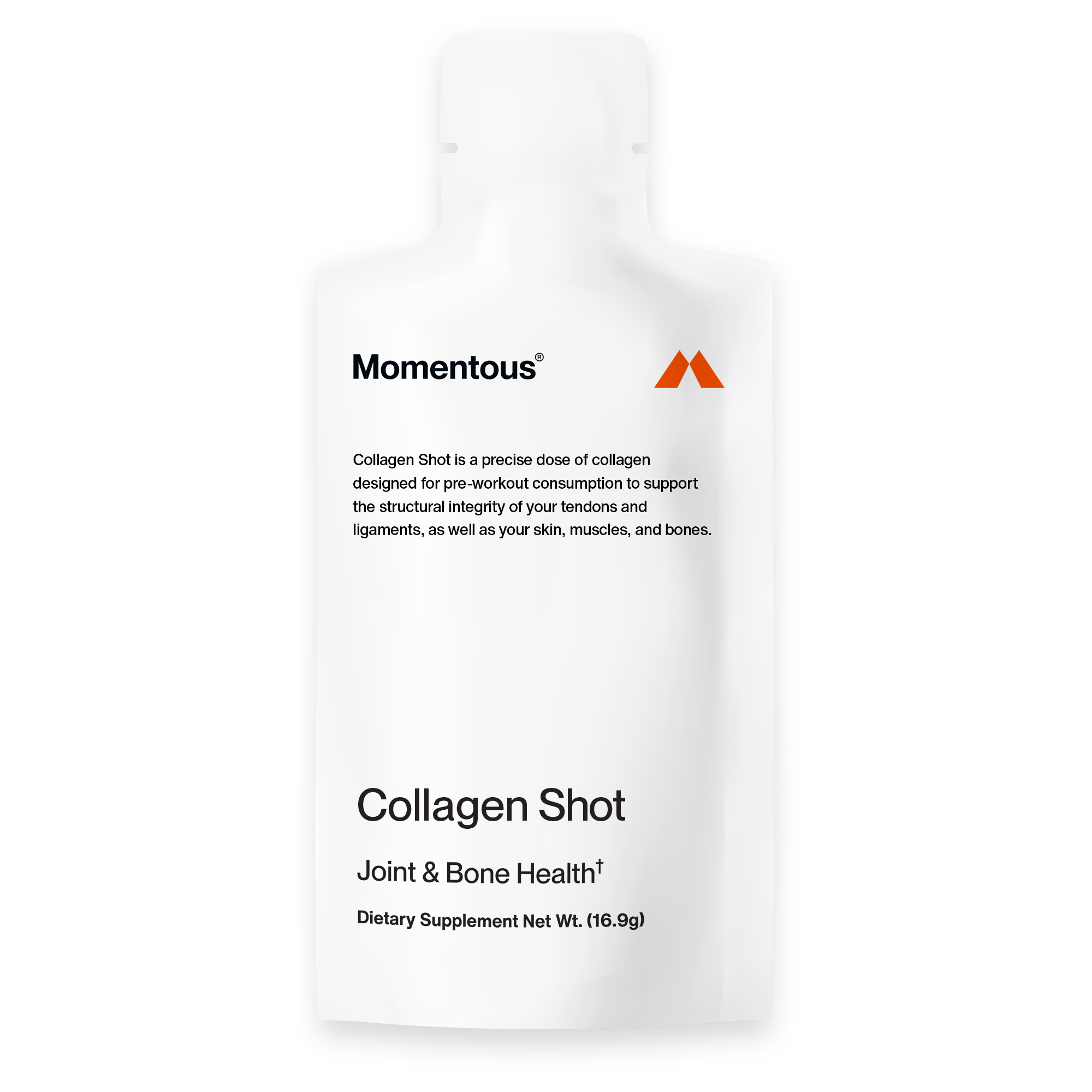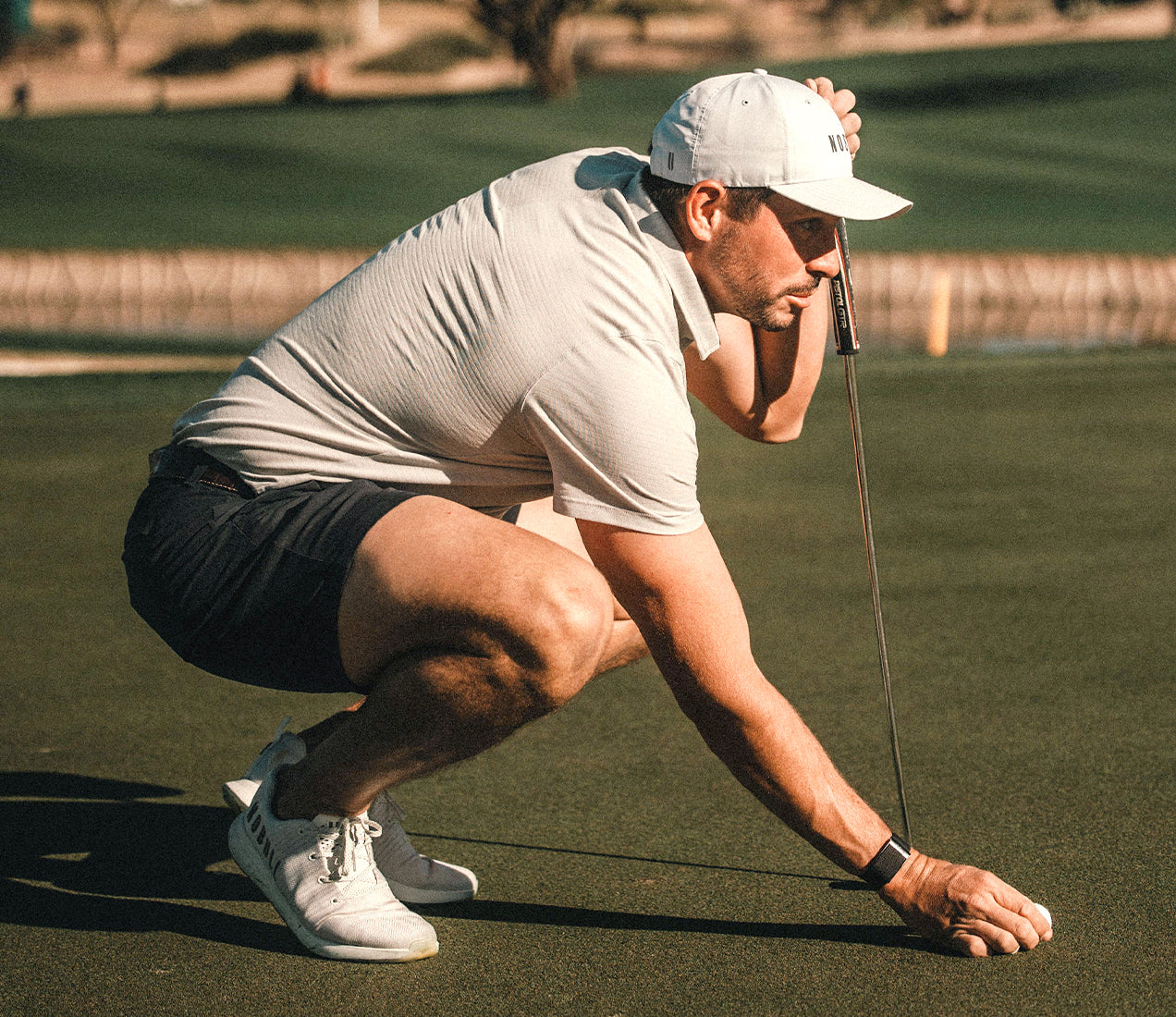By Patrick Dixon, Head of Applied Sports Science
Summary
Sports performance practitioners have come to understand that there are multiple factors that influence the stress and level of fatigue experienced by athletes. The type of training, duration, intensity, level of fatigue and recovery status from the previous training session all play a role in how the body responds. Maximizing the time between training sessions has a profound effect on both the training quality that week and in the long term adaptation needed to improve performance.
However, recovery is more than what you do immediately after exercise, it’s how you think about the 24 hours of your day. There are many products and strategies out there that lend themselves to recovery but the key is understanding how they work together and in what category they belong. A simple way to break down the different key areas is the following:
Replenish:
Take in fluids and electrolytes during and after training sessions to stay hydrated and maintain proper physiological function. Calories are needed during longer sessions.
Refuel:
After the workout, carbohydrates are needed to help replenish glycogen stores and protein is needed to help repair the muscle damage done during the workout.
Rebuild:
Facilitating blood flow to deliver nutrients and flush out metabolic waste is key. Athletes also need to maintain the range of motion and flexibility of the muscle and connective tissue.
Relax:
Improvement requires more than just great training intensity. It also needs down time to allow the body to heal and careful planning over time to balance the rigors of different training sessions.
REPLENISH
The human body is roughly 60% water. But did you know that the average person's sweat rate is between 25 - 45 oz per hour? That means in a 90 minute training session, you could lose up to half a gallon of sweat. It’s also important to note that you don’t just lose water, your sweat also contains electrolytes like sodium potassium and magnesium which your muscles need to function properly.
Furthermore, while staying hydrated during a game or training session may be more understood, drinking after you stop is just as important. Returning fluids and electrolytes to tired muscles helps them get back to homeostasis and ready for the next training session.
It should also be noted that increasing hydration also plays a role in digestion and how the body transfers carbohydrates and proteins to the muscles to aid in recovery. GSSI recommends 2-3 cups of fluids per pound of body weight lost during exercise. The easiest way to monitor your hydration loss is to weigh yourself before and after effort to get to know your own sweat rate and rehydration needs.
REFUEL
The first 30-minutes after the workout is a key window in starting the recovery process; carbohydratesare needed to replenish glycogen used for energy and protein(with a full amino acid profile) is needed to support the successful repair of damaged muscle fibers. The ideal ratio of carbohydrate to protein is 3:1 with carbohydrate needs between 1.1 and 1.5g per kg. The Academy of Nutrition and Dietetics and American College of Sports Medicine recommend 1.2 to 2.0g of protein per kilogram of body weight per day for athletes, depending on the type of training with resistance training requiring more.
It should also be noted that during the course of the day, meals should be balanced to support the energy needs of your activity. If the goal is to maintain or build lean muscle mass, meals should have a larger protein content whereas athletes focused more on endurance will have higher carbohydrate needs.
REBUILD
As an athlete trains, there will naturally be muscle breakdown leading to soreness and inflammation. In order to combat these symptoms, strategies that increase blood flow can serve a dual purpose; aid in the repair process by improving nutrient and oxygen delivery and the clearance of metabolites that may be leading to inflammation (lactic acid). Dynamic/Active Recovery is typically low level aerobic exercise like jogging, biking or swimming meant to do just that. The idea is to create just enough of a response to get better blood flow to the muscles working without adding to fatigue. Stretching after exercise helps maintain and even improve the range of motion in a muscle which aids in the improvement of athletic performance as well as improves the blood flow into the muscle. Different techniques include static, dynamic, and PNF.
Whether done with a foam roller, massage stick or ball, or one of the newer mechanical percussion tools, Massage helps to break up the tension and adhesions in fatigued muscles to help an athlete recover. In using tools themselves, athletes can focus on the tightest areas and specific muscles that need the most attention. In the last few years, a number of products have come to market using Compression in an effort to improve venous return. The pressure provided may also reduce the intramuscular space for swelling and improve the alignment of muscle fibers. This reduction in swelling may also be what reduces muscle soreness.
RELAX
Sleep is crucial to the healing process for both the body and the mind. Research has shown that restricting sleep to less than 6 hours per night for 4+ consecutive nights may impair cognitive performance, mood and immune function. This has led to recommendations of getting 8 hours of sleep per night. The second part of that advice is making sure that electronic devices are turned off due to the blue light effect. There are important cycles that your body goes through as you sleep (REM and Non-Rem) that support protein synthesis, hormonal regulation and brain recovery,, so turn off the phone and tv and enjoy some peace and quiet.
Last but not least is that more isn’t always better. Alternating volume, intensity and type of training is very important as it allows your body to recover more fully.
Most athletes are balancing conditioning, strength training and technical/tactical work and it’s easy to get caught up and over train. If your muscles can’t recover from a strength training workout, that will have an affect on your conditioning session and if you’re tired from conditioning, the work on the field won't be the best quality. In the end, muscles that are fatigued are more likely to get injured.















